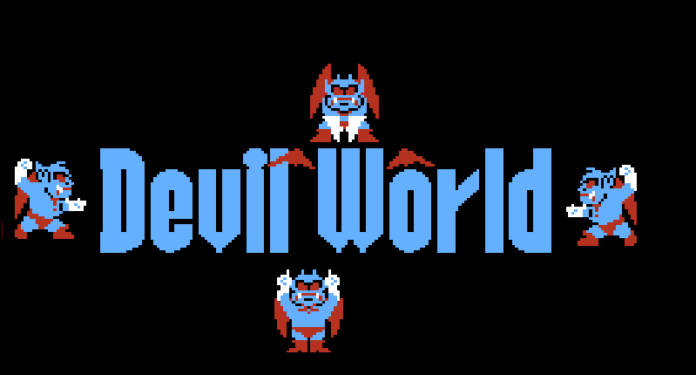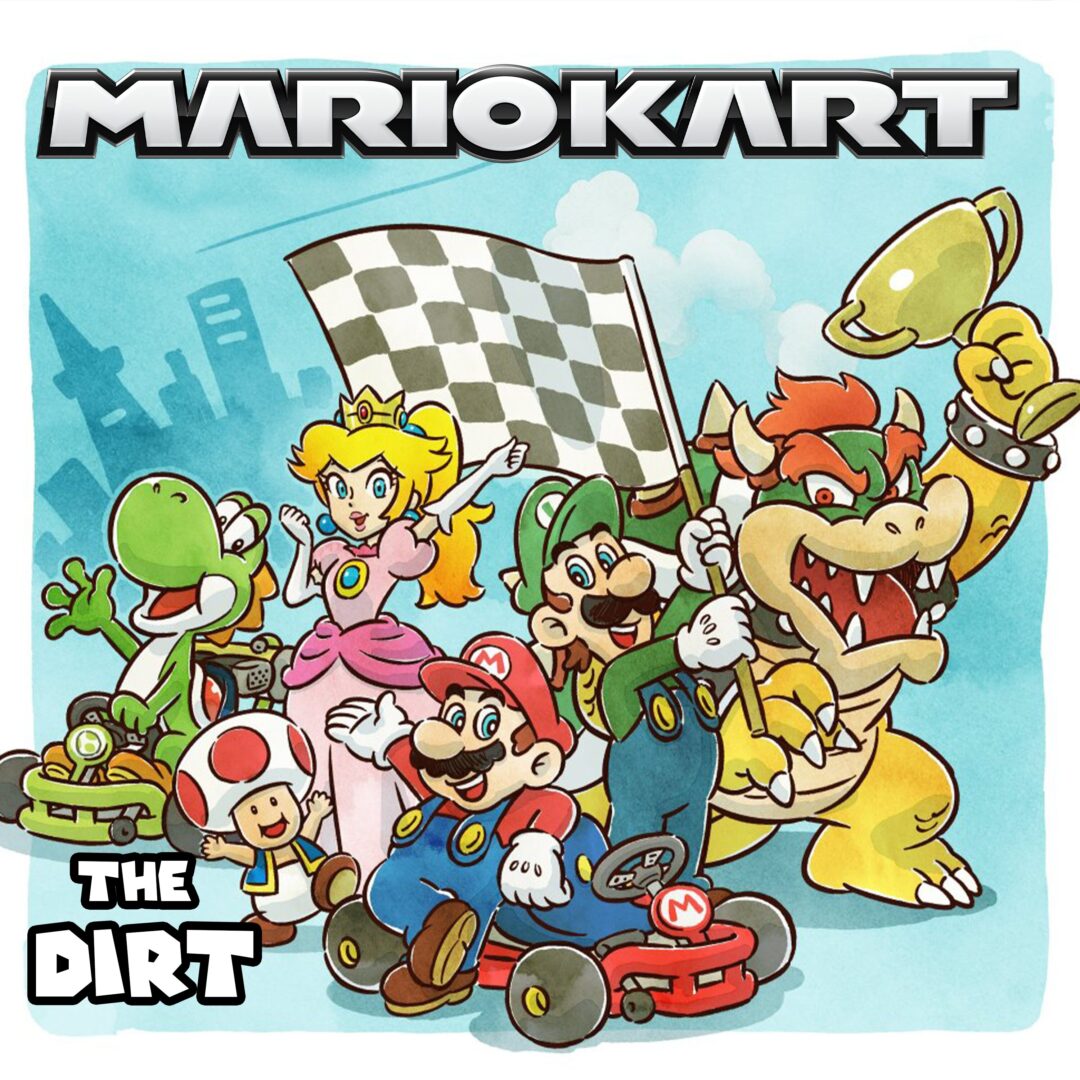
Nintendo, during the NES era, churned out numerous titles that would go on to define video gaming for generations. While the spotlight often shines on the likes of “Super Mario” and “The Legend of Zelda”, “Devil World” has quietly etched its place in the archives of retro gaming.
Intricate Gameplay Dynamics
At first glance, “Devil World” may appear similar to “Pac-Man”. Players control Tamagon, a small green dragon, through a maze filled with dots. However, unlike “Pac-Man”, “Devil World” introduces an innovative twist: the maze scrolls in different directions, all under the control of a devil character positioned at the top.
To successfully navigate the maze, players must not only dodge enemies but also strategize about their movement, predicting the devil’s next direction. Adding to the complexity, Tamagon can only attack enemies after grabbing a cross, transforming the dots into edible enemies or using the cross to shoot fire. The inclusion of the “Power Phase” and “Bonus Phase” levels also adds depth to the gameplay.
Advertisement: Need a photographer near me in Florida?
The Brush with Controversy
“Devil World” is laden with religious iconography. The game showcases crosses, Bibles, and, most prominently, a devil figure. It’s this bold use of religious symbols that is believed to have caused its omission from the North American NES catalog, despite its release in Japan and Europe.
Nintendo of America, during that period, had stringent policies against the depiction of religious icons in games. While some games underwent modifications to fit these policies, “Devil World” remained untouched and unreleased in North America.

Echoes in Nintendo’s Legacy
Despite its limited geographical release, “Devil World” hasn’t been forgotten. Tamagon has made cameo appearances in other games, and elements from “Devil World” can occasionally be seen as Easter eggs in later Nintendo titles. For example, in the “Super Smash Bros.” series, an item called “Devil” causes the screen to scroll, paying homage to the original “Devil World” gameplay mechanic.
Conclusion
“Devil World” serves as a testament to Nintendo’s innovative spirit, even during its early years. Its fusion of familiar maze mechanics with unique gameplay twists, coupled with its daring thematic choices, makes it an invaluable part of NES history. For those who delve deep into Nintendo’s vast library, “Devil World” emerges as a hidden gem, awaiting rediscovery.
Leave your comments to below to have them read on the Nintendo Powercast






